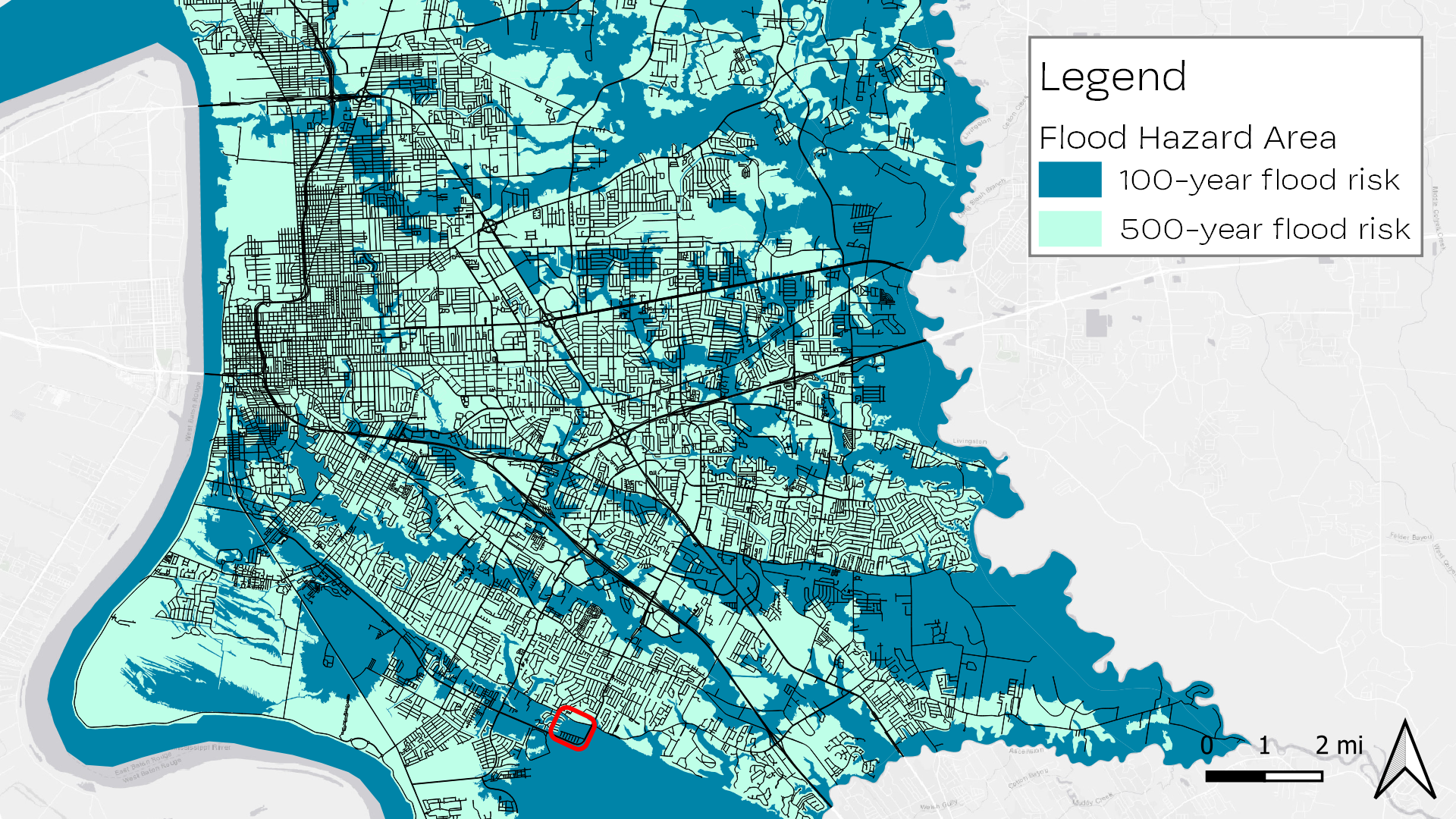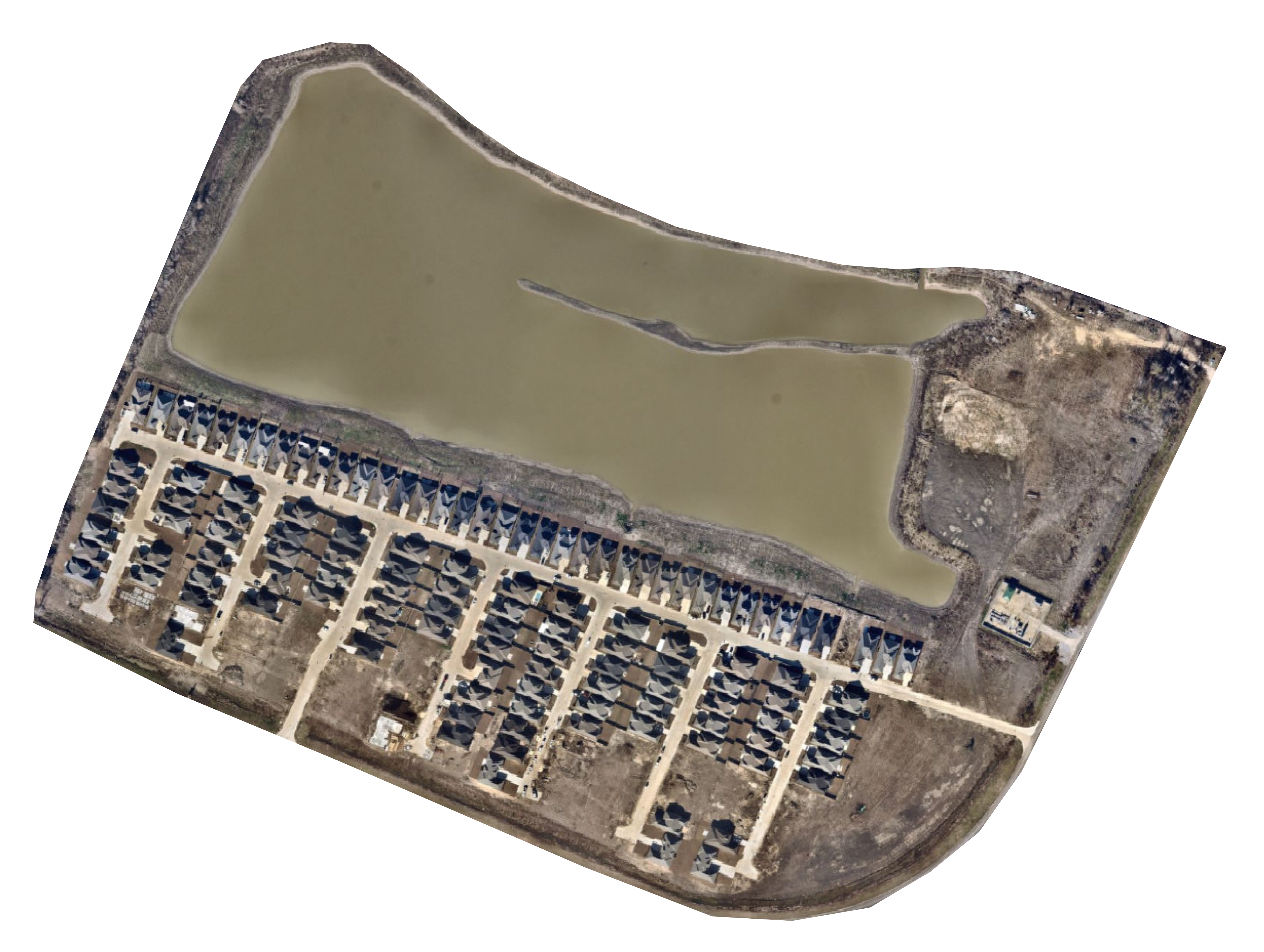During a rain event in August of 2016, the Baton Rouge area received over 20 inches of rain in two days. It created a flood event unlike any for decades before and revealed many flaws in how we plan developments and deal with stormwater. Baton Rouge is already one of the rainiest cities in the United States, and with the expectation that annual rainfall will increase due to climate change, we must adjust how we approach planning and development.
The first issue with Baton Rouge’s growth patterns is the sprawling development taking place in floodplains. Developers rely too heavily on raising homes out of flood danger by building up the ground instead of employing less destructive methods. When a neighborhood is built up with soil, the watershed changes shape and water is pushed elsewhere. Older neighborhoods drown in the additional runoff created by newer ones.

Aside from the stormwater management problems, a few other issues arise when examining (usually newer) neighborhoods in Baton Rouge. Those include a lack of usable green space for community members, very few trees, and low-density housing requiring vast amounts of impervious paving.

This document explores how future neighborhoods in Baton Rouge can
be more responsibly designed to reduce their flooding impacts on the watersheds and improve the health and well-being of community members. It also investigates how developers and homebuyers might be incentivized to prefer resilient, responsibly-designed communities. It does this by examining a recently-built neighborhood in Baton Rouge and proposing an alternative design for that study area to compare the effectiveness of the two designs through a variety of metrics. Additionally, it recommends how the city of Baton Rouge can apply these to future developments through code and ordinance requirements and policy incentives for developers and homeowners.
The work contained in this document are intended to be points of reference to planners, designers, and policy-makers when they are designing the healthier, more responsible, and more resilient Baton Rouge of the future.